Indianz.Com > News > Cronkite News: ‘Rez ball’ returns to community on Navajo Nation
Rez ball in Chinle: Navajo Nation community rebounds after pandemic takes toll
Monday, December 13, 2021
Cronkite News
CHINLE, Arizona — Shaun Martin’s office sits at the front corner of Chinle High School, down the street from the Navajo Nation hospital that serves his community. It looks onto Highway 191, and during the throes of the pandemic, it was a window into the state of his city.
“Every 20 minutes, an ambulance would be departing,” Martin said. “It was very real.”
These days, the wailing of sirens has been replaced by the bouncing of basketballs. Rez ball is back and the community is rebounding.
“Time is gonna heal us,” Chinle women’s basketball coach Francine McCurtain said. “And basketball is one of those things that can heal us, too.”
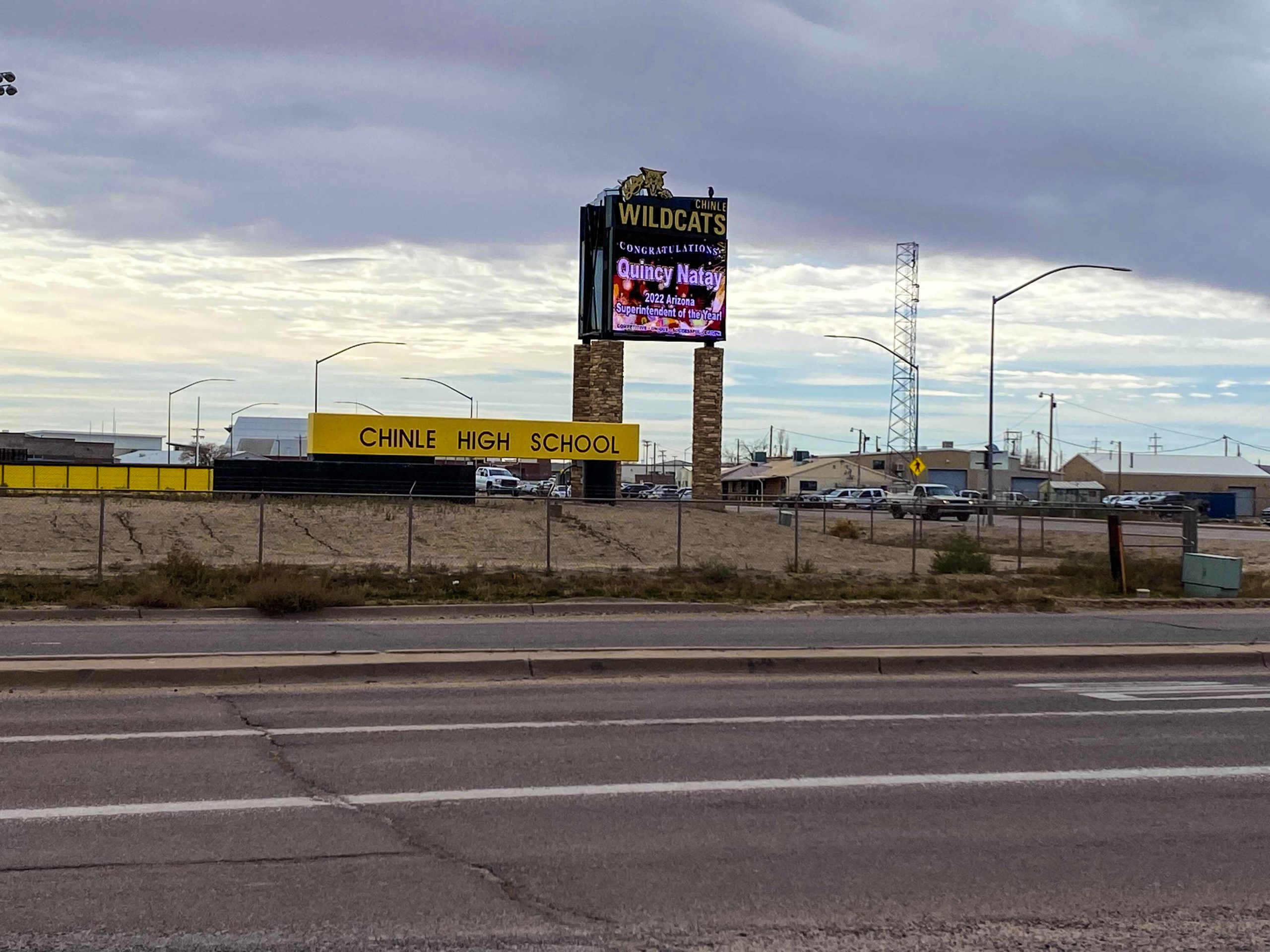
Community under siege
Roughly 300 miles north of Phoenix, tucked behind the majestic Canyon De Chelly, sits Chinle in the heart of the Navajo Nation. A lone central two-lane highway leads in and out of the town. Surrounded by dirt, mountains and desert, the paved road is rare.
Signs hang along fences, warning against the spread of COVID-19. Aging buildings face east to celebrate the sunrise and rebirth of a new day, much the way the homes of their ancestors did for generations. The Wildcat Den at Chinle High School is arguably the largest one in town, the 7,500-seat arena that is home to Chinle basketball.
It sat idle from March 2020 to November 18 while the city was on lockdown due to COVID-19.
The pandemic was hard on the community. In May of 2020, the Navajo Nation, which includes 27,425 square miles of land that extends into New Mexico, Arizona and Utah – had the country’s highest infection rate, surpassing New York. In addition to rapid spread, the numbers were also high because of significant testing, Navajo Nation President Jonathan Nez said in a release.
As of Thursday, the Navajo Department of Health reports 40,254 confirmed cases of COVID-19 and 1,557 deaths. It has also rebounded faster than other hotspots because of lockdowns and mask mandates, Nez said.
It has impacted many, including McCurtain and Chinle boys basketball coach Raul Mendoza. McCurtain lost her father, and Mendonza lost his daughter to COVID-19.
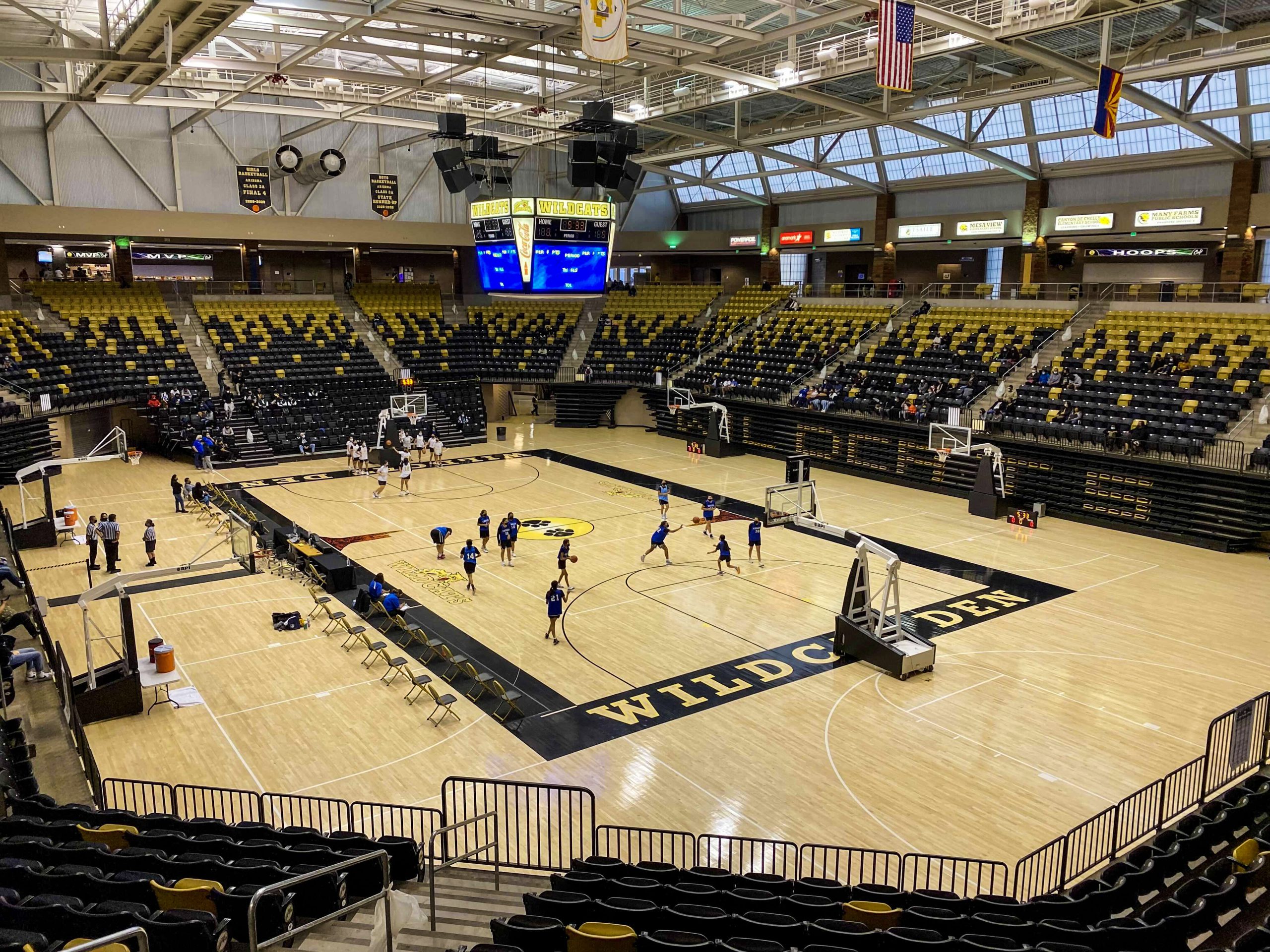
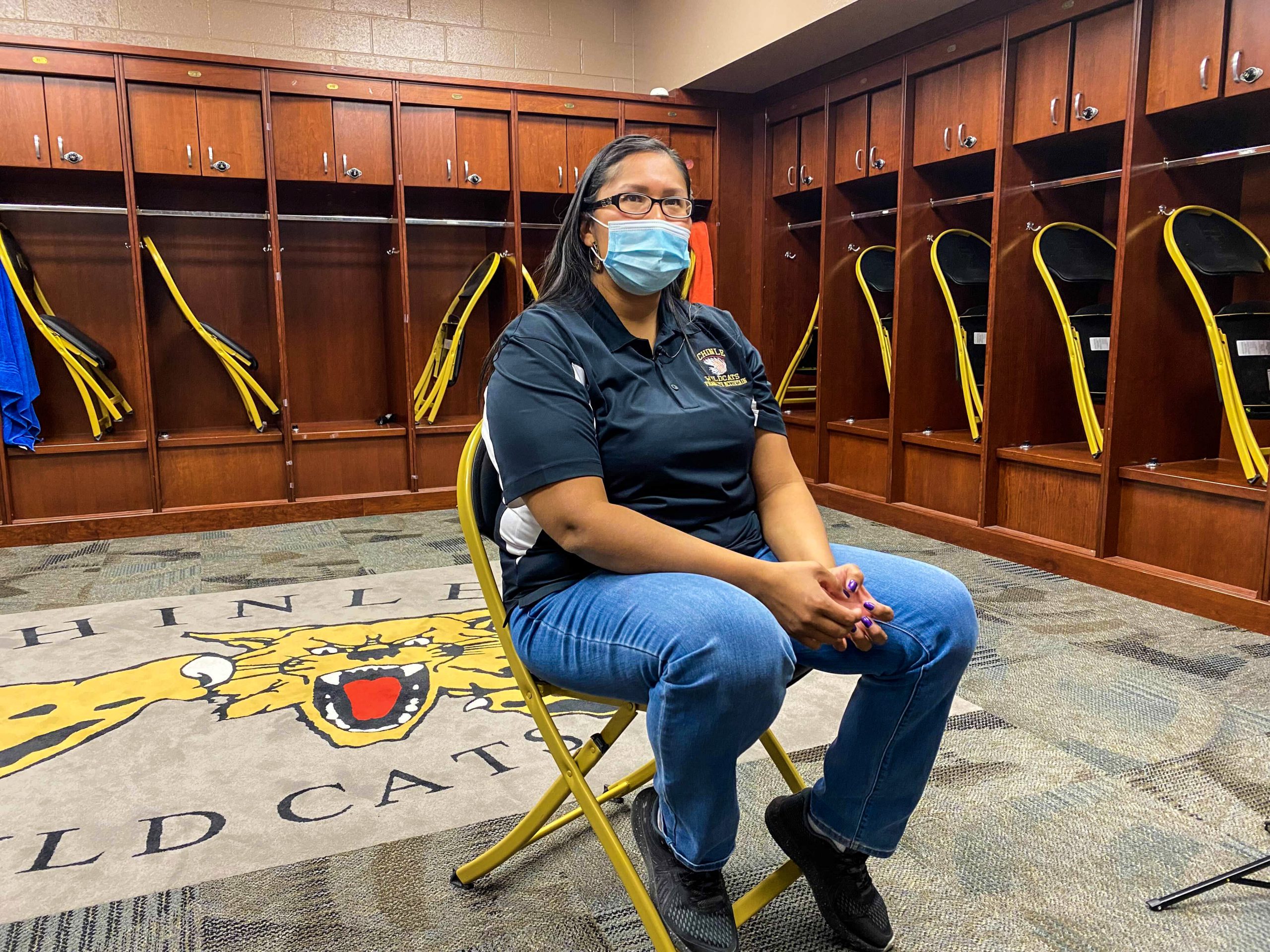
More than a game
“It’s like the heart of the Navajo Nation here,” McCurtain said.
Basketball is important on the reservation. Navajo learned the sport in the boarding schools of the Bureau of Indian Affairs and transformed it into rez ball, a run-and-gun style of play that often wears down opponents.
On this night, the men’s and women’s teams take the court to cheers from community members socially distanced in the upper levels. Martin sits high above the courts in a state-of-the art press box looking on, microphone in hand.
“Welcome back to the Wildcat DEN,” he shouts.
Rez ball tips off, and the healing begins.
The women’s team plays a hounding full court press, stealing the ball before opponents can react. It relies on senior forward and team captain Aisha Ashley. She is tall, broad-shouldered and dominates her opponents with menacing drop-steps offensively, then swats shots into the bleachers defensively.
“She’s strong,” a coach from Show Low High School said with a tone of surprise.
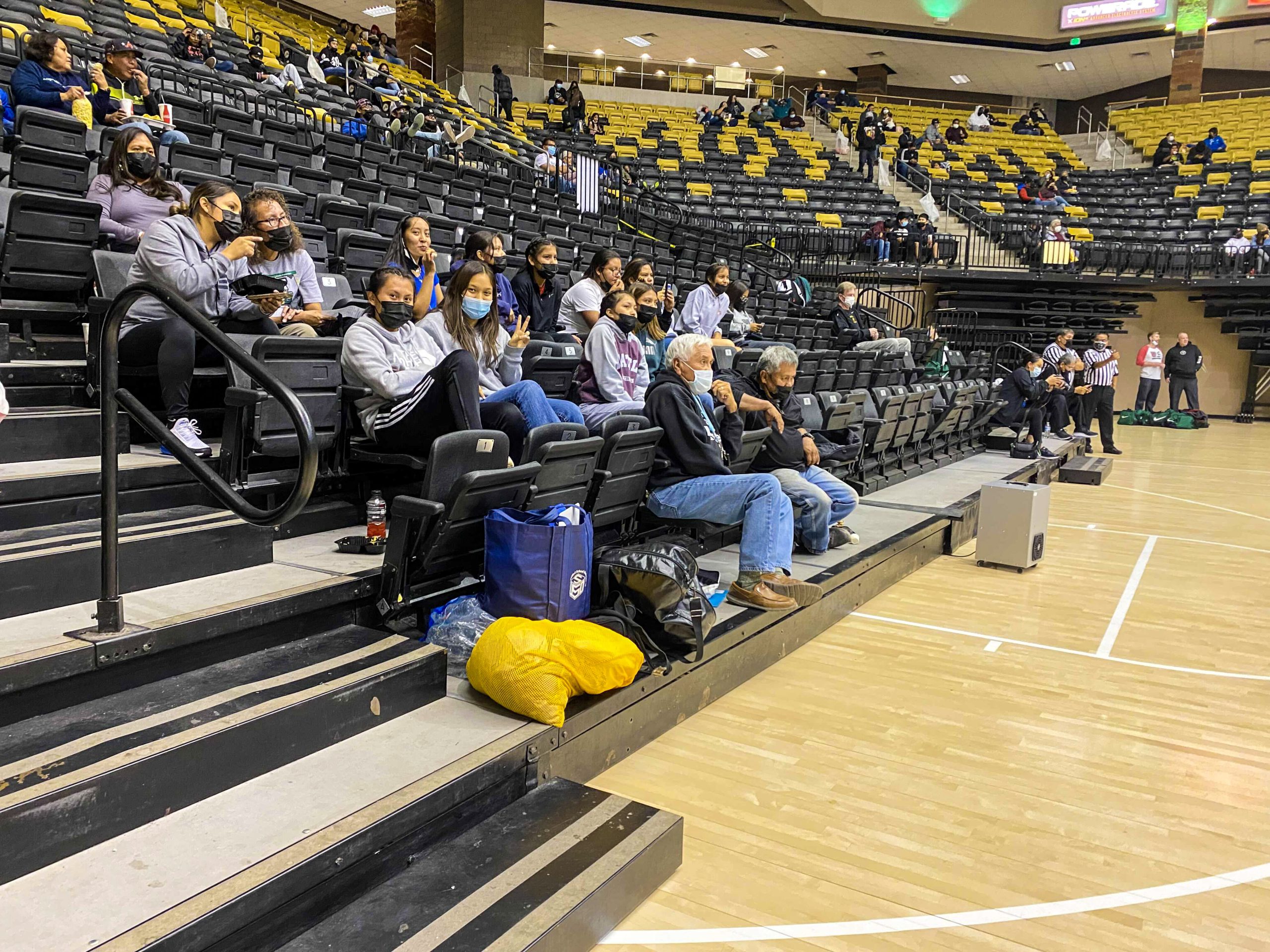
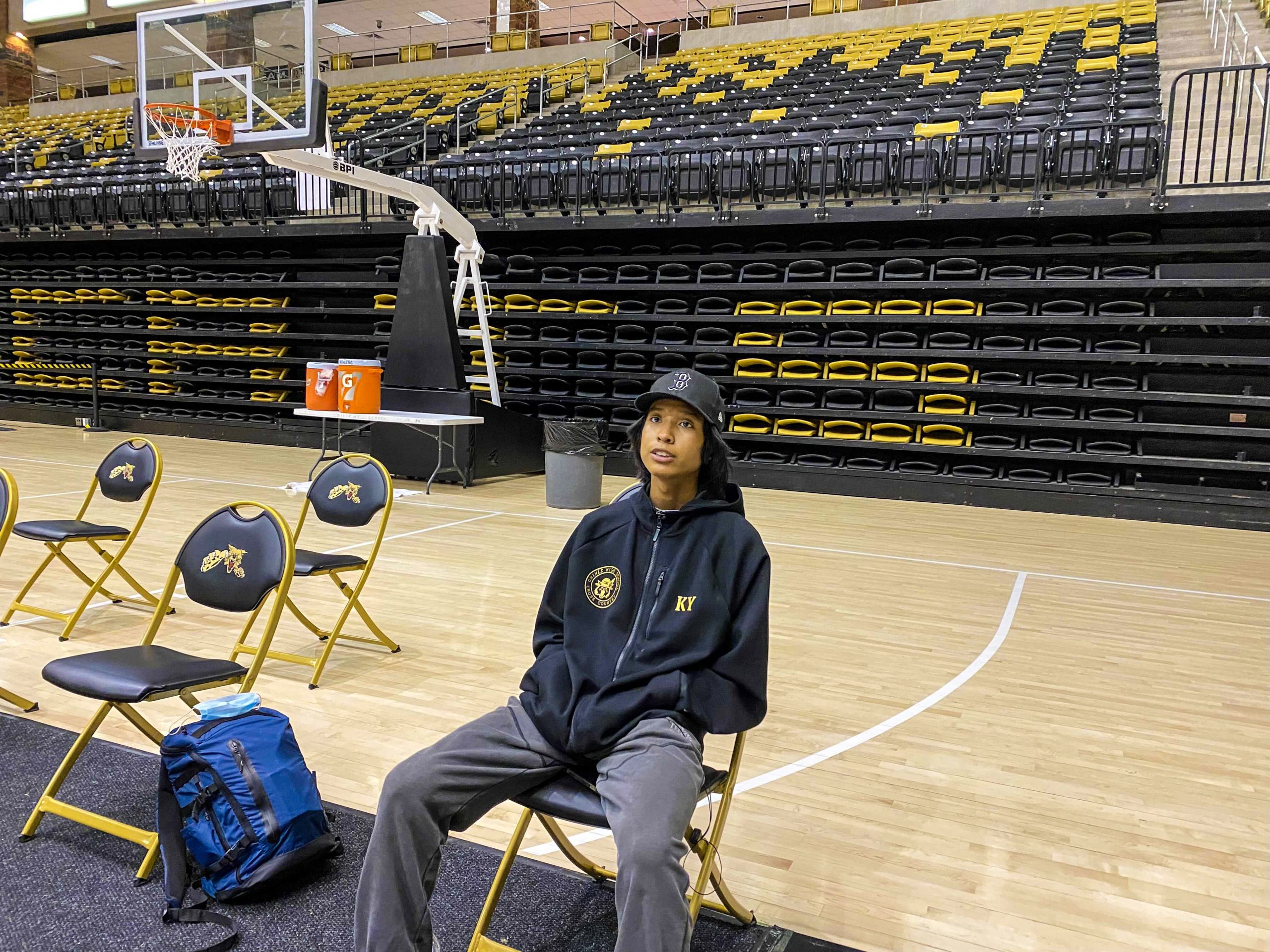
Resilience is expected
They are warriors because their normal lives would be challenging to others. Ashley is one of a few returners coming off the pandemic year. She commutes at least an hour and a half roundtrip every day from her home in Tsaile.
Practice can start as early as 6 a.m. Games can end as late as 10 p.m.
Throw in a global pandemic, and missing her entire junior season, and many would expect her to struggle. Yet during quarantine, the senior captain trained in the desert and – spoiler alert – dominated in her first game back.
“I just have my dirt court,” Ashley said. “My dad recently got me a squat rack (for weightlifting) over quarantine to do and I just ran all over Tsaile.”
Kylen lives close to the school in teacher housing with McCurtain and his four younger siblings. Two years ago, he was featured in the Netflix documentary “Basketball Or Nothing,” which documented the men’s basketball team just before the pandemic hit.
“There’s a lot of hardships out here on the Navajo Nation that’s not seen up in the cities,” he said. “The basketball culture that we have down here is bigger than people think.”
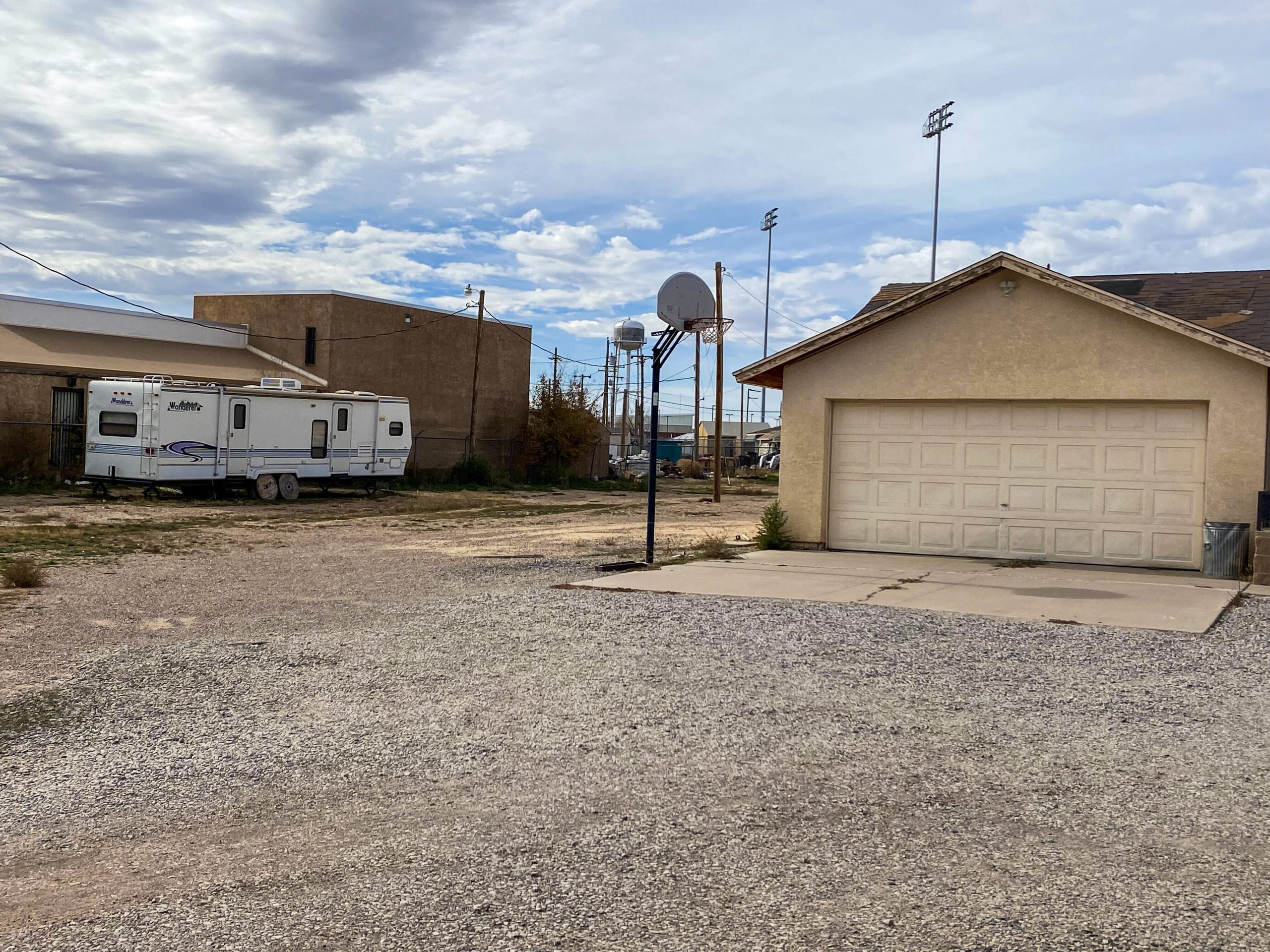
Competition breeds education
Chinle loves hosting non-native teams, as it did on this night welcoming in Show Low High School, a public school located 154 miles south of Chinle.
“Show Low needs a facility like this,” one Show Low coach said, eyeing the giant scoreboard hanging high about the court.
The Wildcat Den is believed to be the 14th largest gym in the country, with 12 of the others located in Indiana.
It is shaped like a hogan – the traditional dwelling of the Navajo people – with doors facing east to welcome in sunlight, the rebirth of a new day. Each part of the Wildcat Den has a spiritual message. From paintings of Canyon De Chelly on each side of the basketball court to the wildcat in a small circle on the side of stands, it was planned with purpose.
Opponents take part in that cultural experience, learning about traditional Navajo teachings reflected in the $24 million facility.
“There’s this very cyclical life viewpoint of everything,” Martin said. “The entire universe can be related to that way of thinking.”
Navajo traditions preach living in a Matriarchal society, where family lineage is passed down through the mother, rather than the father. The woman is the head of the family, and clans extend far beyond their direct household bloodlines.
“You are your mother’s clan first, then your father’s clan,” Martin said.
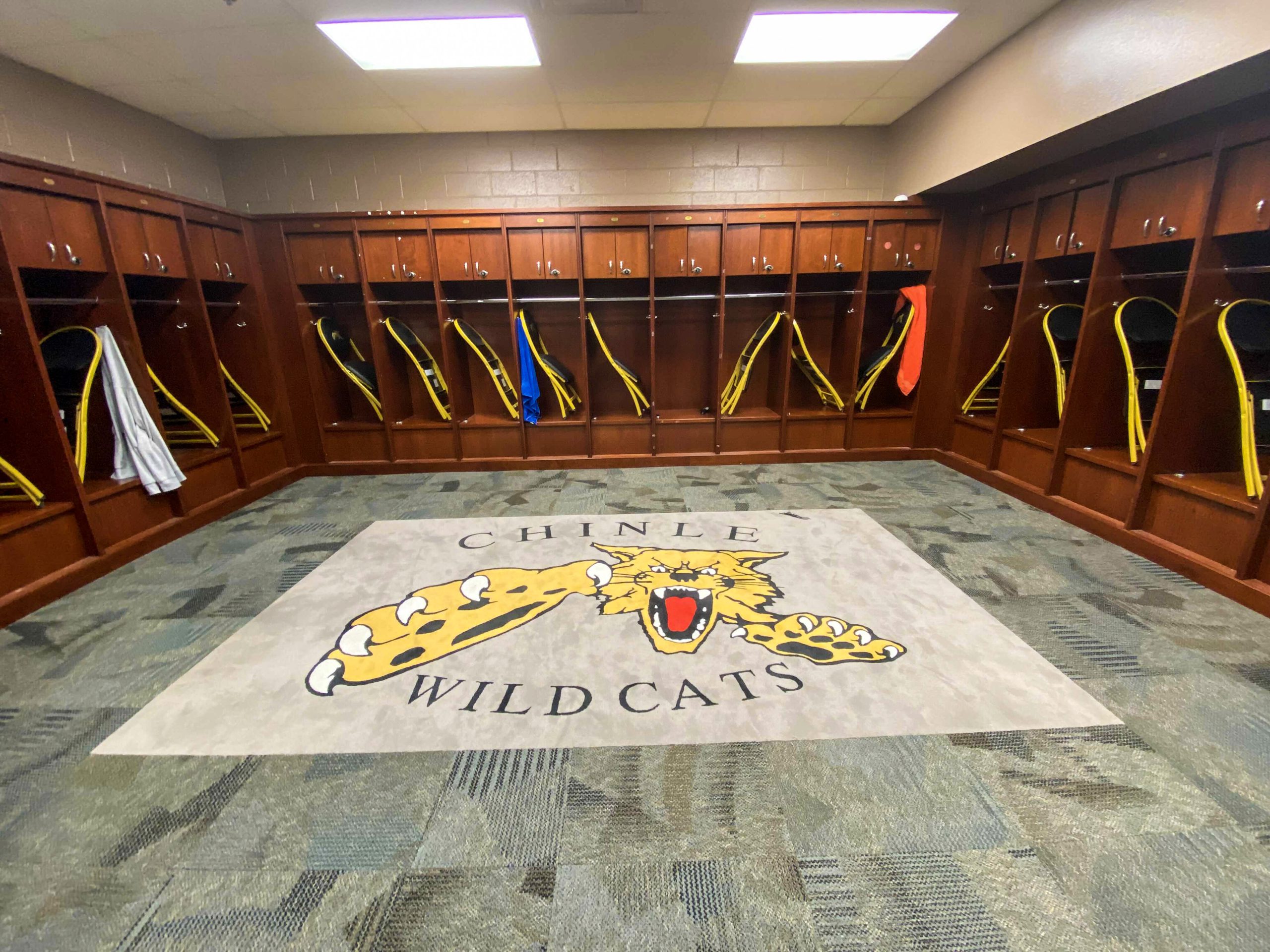
Note: This story originally appeared on Cronkite News. It is published via a Creative Commons license. Cronkite News is produced by the Walter Cronkite School of Journalism and Mass Communication at Arizona State University.
Search
Filed Under
Tags
More Headlines
Native America Calling: Native TikTok users prepare for U.S. ban
Native America Calling: Euchee food, whale hunting and young gardeners on The Menu
Cronkite News: Navajo psychiatrist addresses mental health needs
Chuck Hoskin: Tell the whole story about the theft of tribal lands
Native America Calling: A sample of Native Guitars Tour 2024
Cronkite News: Native organization carries on horse traditions
Native America Calling: How Native literature is changing the mainstream narrative
Native America Calling: No ordinary animal
Native America Calling: Safeguards on Artificial Intelligence
NAFOA: 5 Things You Need to Know this Week
Chuck Hoskin: Cherokee Nation takes the lead for our environment
Native America Calling: Earth Day assessment for Native peoples
Cronkite News: Gathering addresses ‘epidemic’ among Native people
VIDEO: Cody Desautel on tribes and federal forest management
AUDIO: Legislative Hearing on Discussion Draft of Forest Management Bill
More Headlines
Native America Calling: Euchee food, whale hunting and young gardeners on The Menu
Cronkite News: Navajo psychiatrist addresses mental health needs
Chuck Hoskin: Tell the whole story about the theft of tribal lands
Native America Calling: A sample of Native Guitars Tour 2024
Cronkite News: Native organization carries on horse traditions
Native America Calling: How Native literature is changing the mainstream narrative
Native America Calling: No ordinary animal
Native America Calling: Safeguards on Artificial Intelligence
NAFOA: 5 Things You Need to Know this Week
Chuck Hoskin: Cherokee Nation takes the lead for our environment
Native America Calling: Earth Day assessment for Native peoples
Cronkite News: Gathering addresses ‘epidemic’ among Native people
VIDEO: Cody Desautel on tribes and federal forest management
AUDIO: Legislative Hearing on Discussion Draft of Forest Management Bill
More Headlines